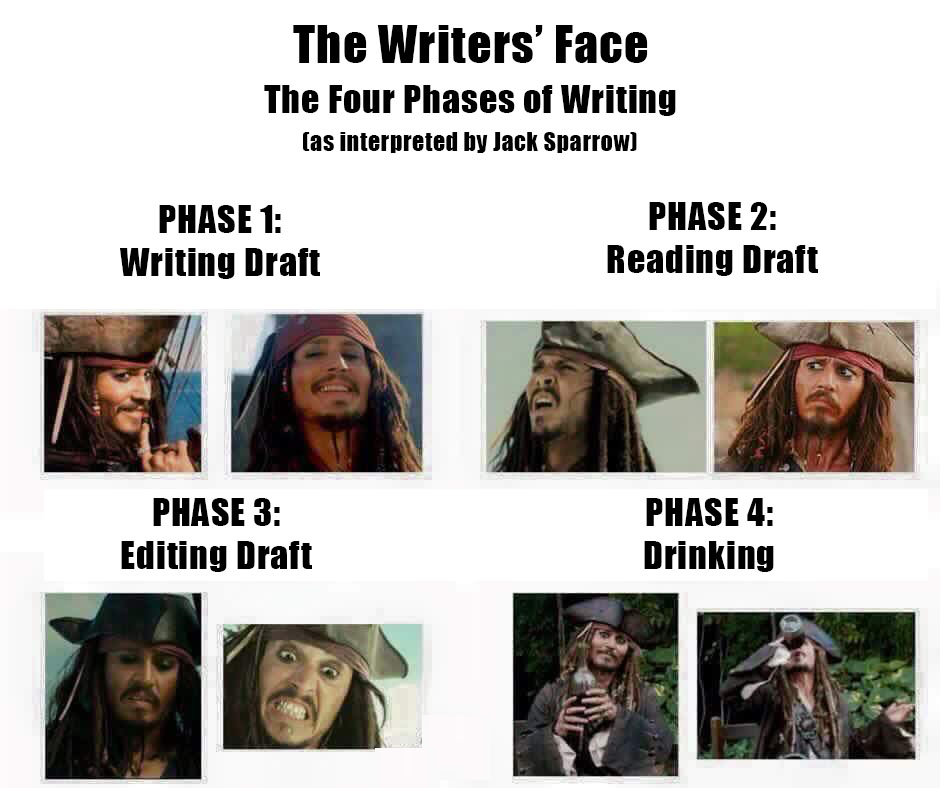
Smothered in an Avalanche of Ideas
What do you do when ideas come so fast they gum up the works, and the engine of your creativity grinds to a halt?

Write Your Novel Step By Step – Introduction to Plot
Follow this series of story development steps drawn from our StoryWeaver Step By Step writing software to build your novel one dramatic concept at a time.
Introduction to Plot
In the Plot section of this Inspiration stage we’re going to draw some story threads from your initial concept.
To do this, you’ll begin by writing a one-sentence description of what your story is about, called a Log Line.
Next, you’ll pull some loose threads from your log line by asking questions about what’s not in it.
Then you’ll let your Muse run free and come up with a variety of answers for these questions, each of which will become a new story thread.
Whether you already have a lot of concepts or not many (or any) at all, by the end of Plot Inspiration you’ll have developed a detailed one-page synopsis of your story’s plot.
A Word About Plot
For the purposes of this section, let’s define plot as a description of all the events that happen in your story and the order in which they occur. This isn’t necessarily the order in which you reveal the events to your readers or audience, however. For example, you might start your story with a teaser in which some major event occurs. Then, you jump back to how it all started with a heading such as, “Three years earlier…” In this example, the plot order is quite different from the storytelling order.
For the steps in this section, develop your story’s plot as your characters experience it, not in the order you will relate it. That will come later in the Storytelling Stage.
Reminders: Use the Notes button on any card to jot down new ideas. Use the Story button to add to or revise a draft of your story. And don’t forget to click the Save button before leaving a story card or closing a window where you entered text.
Next step: What’s the Big Idea?
Follow along to write your novel step by step or work at your own pace with our StoryWeaver software. It’s just $29.95 but followers of Creative Writing Tips get 25% off with coupon code CWT at Storymind.com

Maybe the problem isn’t where you are writing, but when…


Trouble Finding Inspiration for Your Novel?
Here are some ideas to help you get the ideas flowing…


Finding Inspiration for Writers
Inspiration can be hard to find. Here are a couple of tips for freeing up frozen creative gears and busting mental log jams.


Tricking the Muse: The Creativity “Two-Step”
Here’s a technique for making your Muse think that being productive is her idea…


Every story has a personality that is greater than the sum of its parts. Learn how to ensure all its facets are working together.


One Way to Beat Writers Block!
Here’s one way to sneak around writer’s block when it isn’t looking…

Story Structure vs. Storytelling

Writing from Your Passionate Self
How to supercharge the power of your storytelling by tapping into the seething cauldron of creativity just below the surface of your civilized veneer.


Here are four tips to help you develop your novel and improve the power of your storytelling.


Genre isn’t a list of requirements nor a box that limits your creative options. Find out how to create a story that honors your genre yet is uniquely its own style.

The Four Throughlines (Part One)

10 Essential Tips for Beginning Writers
Just starting out? This list of practical tips will help you get your novel written.

The Four Throughlines (Part Two)


Bad Story Structure is No Joke

Be a Story Weaver – NOT a Story Mechanic!
No one reads a book because it has a great structure. So how do you find the right balance between structure and passion? This article will show you the way…


Remember blowing bubbles with that solution in the little bottles and the plastic wand?
The craft of writing is a bit like blowing bubbles, and this article will show you how to apply that perspective to help create the moments that comprise your story.


Writing from a Character’s Point of View
This article will show you how to make your story more personal by putting your readers into your characters’ shoes.’


The First Step in Writing ANY Novel
Before you write your first chapter, ponder your opening sentence, or jot down a single word, there’s one step you should always do first, no matter your genre or style.


How Art Is Made (The Battle Between Art and Mind)
It is the Eternal Struggle for writers: how to freely express one’s passions within the constraints of story structure. Here are a few tips for gaining the upper hand…

Characters in “To Kill A Mockingbird”

Genre isn’t a box you write in nor a list of stylistic requirements for your story. It is the personality of your story, and in this article you’ll learn how to grow your genre act by act.


Creating Characters from Scratch
Character have two jobs: First, they should fulfill a dramatic function in your story. Second, they need to have real personalities so your readers or audience can connect to them at a passionate level. So how can you create such creatures? Here’s one way…

The 8 Character Archetypes (Part One)

Whether your characters change through a leap of faith or overcome all pressures to hold onto their beliefs, their path to that moment of choice isn’t a straight one…

Objective & Subjective Characters

Building characters that are intriguing, unusual, and memorable is a difficult task. Here are a few of my best tricks for creating characters from scratch and for developing characters you’ve already created.

The 8 Character Archetypes (Part Two)

If you are a plot-oriented writer, here is a nifty technique from shaking a whole cast of characters out of the events that drive your story.

The 8 Character Archetypes (Part Three)

Throughlines – And How to Use Them


Perhaps your hero isn’t the right guy for the job. Find out how to hold job interviews with your other characters to see if they should take over the position.

Subjective & Objective Characters

Is Your Story Coming Apart at the Themes?
Even when a story has memorable characters, a riveting plot and a fully developed genre, it may still be coming apart at the themes. In this article, we’ll find out how to recognize this problem, and what to do about it.

Protagonist & Antagonist Archetypes

Eisenhower said, “Planning is vital; plans are useless.” Seeing the structure of your story as a military campaign can help you ensure that all the moving parts work together toward a common goal.


Characters: The Attributes of Age
Writers tend to create characters the same age as themselves and also have characters of other ages behave as if they were that same age. Here’s how to write characters who truly act their age…


Why do characters make excuses, and how can you write them so they come off as real people when they do?

Guardian & Contagonist Archetypes

Maximizing Your Creative Process
Rather than looking at what your story needs, turn it around to discover what you need to write that story. When you do, all manner of barriers to your creativity are removed. Read the article for complete details of this technique.


Grow Your Story from a Log Line
Creating a log line centers your story, provides it with an identity, and ensures that all your story development work will be guided by this beacon so your story becomes sharply focused and every element is clearly connected to the hub.


Creating Characters in 7 Steps
In this article you’ll discover a technique for drawing characters out of a one-sentence description of your story called a log line.


As your story draws to a conclusion, your reader have become heavily invested in your characters. So you’ll need to help them disentangle from those relationships before your story ends.


Get Into Your Characters’ Heads
One of the most powerful opportunities of the novel format is the ability to describe what a character is thinking. Learn how to transport your readers inside a character’s mind.

Character Relationships (Part One)

How to Grow a Sentence Into a Story

Character Relationships (Part Two)

Novels Don’t Have To Be Stories
A story must conform to the conventions of story structure, but a novel does not need to be so rigid…


Have Your Characters Write Their Own Stories
This technique will help you stand in your characters’ shoes and see the world through their eyes.


Stories can be written about characters who change or about characters who don’t. That’s the first part of your message. The second part is what happens to the character in the end as a result of their choice to change or not.


It is often assumed that a protagonist is the hero of a story. Nothing could be further from the truth.


Characters: Cogs in the Machine?
Are characters people or pawns? They are both, in fact, and your job as an author is to ensure your characters fulfill each of their roles.


Your Influence Character is the Heart of your Story
Your antagonist opposes the goals of your protagonist. But who opposes the beliefs of your main character?


It is an easy trap to create tired character types that follow societal expectations. How can you break out of that mold? Here’s a sure-fire technique for busting up stereotypes to create truly fresh and fascinating characters.


Choosing names for your characters can be perfunctory or can provide your readers or audience with insight into your characters’ natures, add humor or surprise, or even at the very least break out of ordinary monikers into the realm of the unusual.


Be Your Own Critic Without Being Critical
Apply this technique and you will expand your story quickly and easily into some fascinating new material.


The Four Throughlines in To Kill A Mockingbird
There are four throughlines that must be explored in every story for it to feel to readers or audience that the underlying issues have been fully examined and the message completely supported.


Archetypes represent human qualities we all share, such as Reason, Emotion, Faith, Skepticism, Conscience, and Temptation. Stereotypes represent the different kinds of personalities we encounter in life.


Plot isn’t the order in which events are presented in a story, but the order in which they happened to the characters. How do you keep both in sync?


How many times have you thought of a story, “Nobody would do that!” or “C’mon, that doesn’t even make sense.” What engenders those comments is our innate sense of story structure. But what is it?


As writers, we all know that characters need drive or their actions will come across as unmotivated. But what is drive, and where does it come from?


How To Create Archetypal Characters
Archetypal characters have a bad name. Many writers think such characters are two-dimensional stick figures that come off more like plot robots than real people. But the truth is that archetypes represent essential human qualities that need to be explored in every story.


Many writers focus on a Hero and a Villain as the primary characters in any story. And there’s nothing wrong with that. But as we are about to discover, there are so many other options for creative character construction.


What a character likes and dislikes takes the curse of its larger than life stature. To humanize your characters and bring them down to size, give them preferences rather than just points of view.


For characters to be both compelling and functional each must do two completely different jobs. In this article, you’ll help your characters learn the ropes.


Every writer knows a story needs a protagonist and an antagonist who battle over the goal, but equally important are the main and influence characters who battle over the message.


How to Create a Powerful Thematic Message
Your thematic argument is an emotional one, not one of reason. You need to sway your reader/audience to adopt your moral view as an author rather than telling them to adopt it.

What Is Truth? (The Character’s Dilemma)
To come off as real people, Characters must share the same conundrums we all do. And chief among these is determining what’s really going on so that we are able to make sound decisions.

Your Story’s Ending: Success or Failure?
Success and Failure don’t have to be binary choices; they can be matters of degree. But a story without a clear indication of success or failure is a failure with your readers or audience.

Do You Write Like an Actor or a Director?
Writer-Actors prefer to stand in the shoes of their characters and play the roles as they write. Writer-Directors stand outside the story and manipulate their characters to the best effect. In this article you’ll learn how to use each approach to the best advantage.

Do stories have a structure? And even if they do, is there really any way to figure out what it is? Based solely on the number of competing theories, one might suspect that either stories don’t have structures or that even those who spend their entire lives trying to figure it out, can’t!

Have You Lost Your Tale (and become one of the “Drudge People?”)
Drudge people. You see them every day. On the news. In your town. Outside your window. Perhaps, even in your own home…

Many writers are held back because they feel constrained by perceived limitations as to how they can express their story. In this article, you’ll learn how to break those bonds and unshackle your Muse!

In storytelling, we can add surprise to a story by leading the reader or audience to perceive something one way, than shift the context to show that it is really quite different.

Why Characters Misunderstand Each Other
Most arguments are not caused by conflicting points of view but by misinterpretation of the other person’s point of view.

When creating your Protagonist, don’t let him or her get bogged down with all kinds of additional dramatic jobs that may not be necessary for your particular story.

Is Your Antagonist Also Your Influence Character?
The Antagonist and the Influence Character do two different essential things, but both of those jobs can be given to the same person in your story if you play it right.

There may be a place waiting for the story you have to tell.

Perhaps the most fundamental error made by authors, whether novice or experienced, is that their characters, both male and female, tend to reflect the gender of the author.

Introducing Characters – First Impressions
First impressions have a tremendous impact that you can use either to establish or mislead your reader/audience as to the true nature of each character.

Developing Your Characters’ Points of View
Your characters aren’t going to be thinking about the plot the way you do. They can’t even see that there is a plot. Rather, they see their situation and have attitudes and feelings about it – some modest and some passionate.

How can you go about making your thematic point to your readers or audience without moralizing?

Don’t Try To Be Shakespeare – He didn’t!
You’re only as good as your own talent. Get over it!
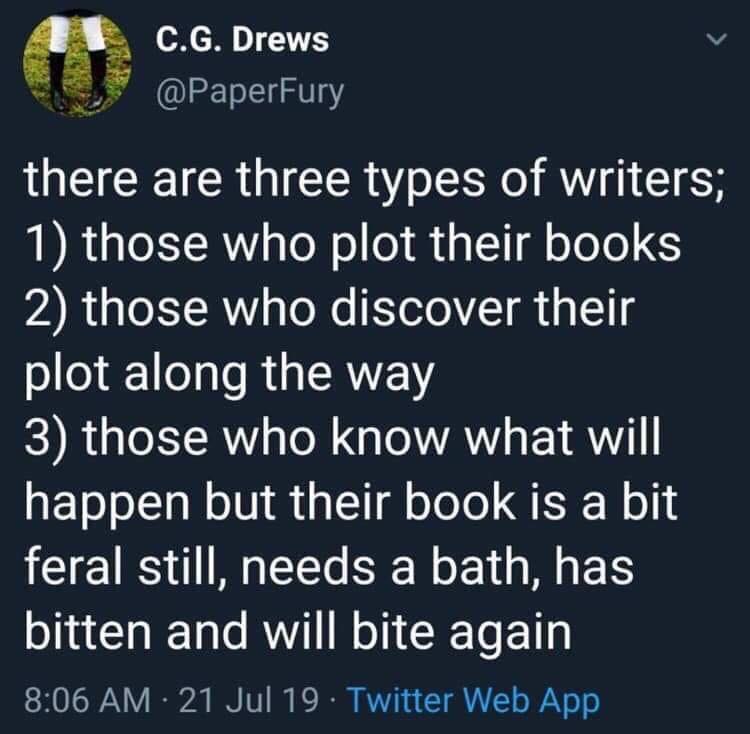
Are You Writing a Tale or a Story?
A tale is a statement; a story is an argument. Learn how to make the best case for your story’s message without missing any beats.
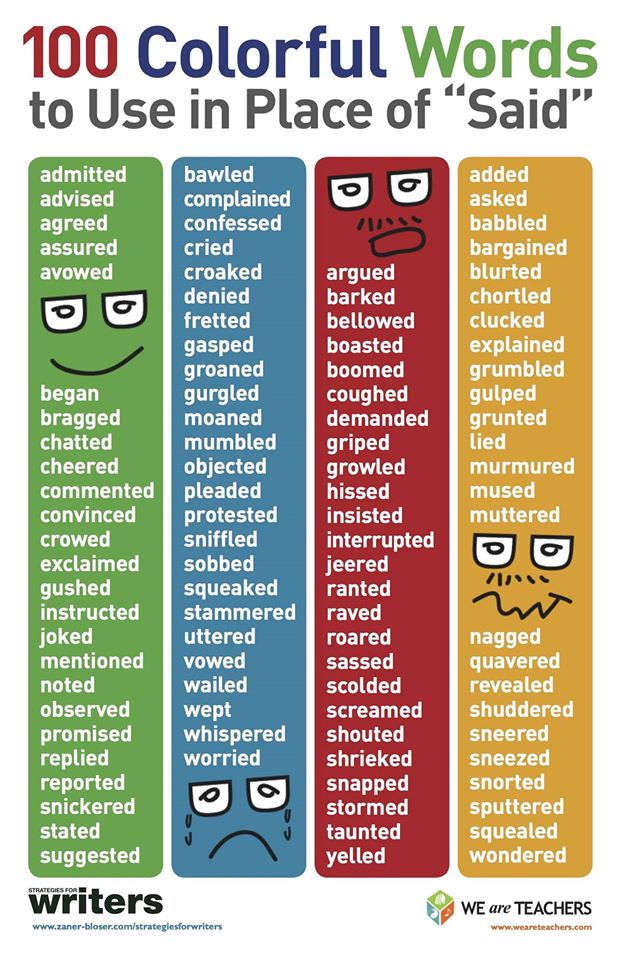
Novel Writing Tip – Keep a Daily Log
Interesting notions and moments happen every day, but are easily forgotten. By keeping a log of these as they happen, you can pepper them into your story to amp up its energy.

Be Your Own Critic Without Being Critical
Apply this technique and you will expand that area of your story quickly and easily into some fascinating new material.
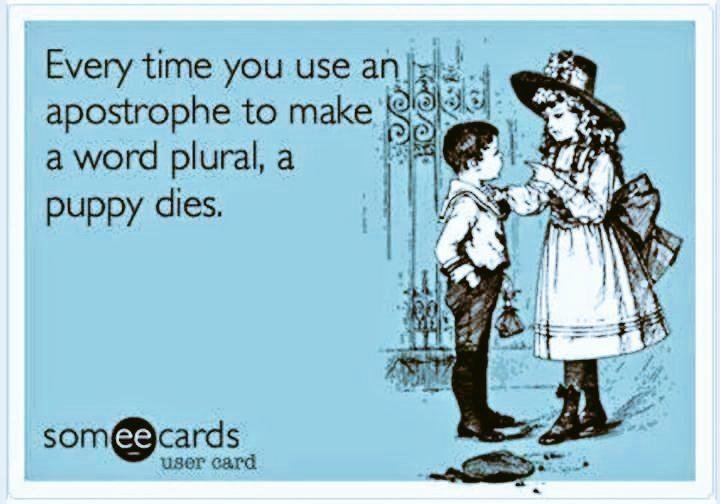
Have Your Characters Write Their Own Life Stories
This technique will help you stand in your characters’ shoes and see the world through their eyes.
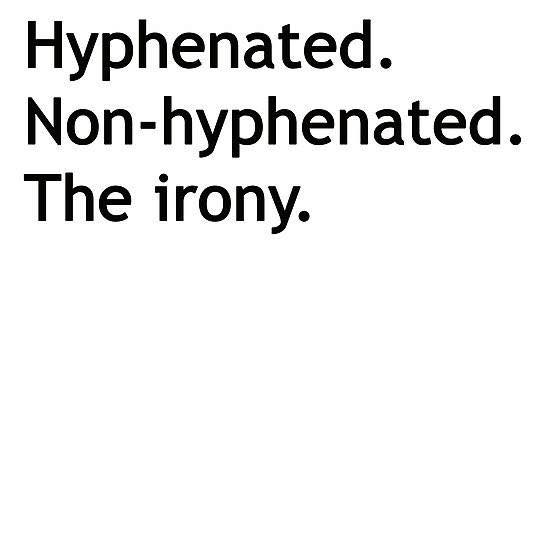
If you know how to tap into it, your subconscious mind can infuse your story with more depth and meaning than you are consciously aware.

An overview of the technique I personally use to put my head in a good place as I develop my own stories.

Yes, writing is work. Although sometimes in the thrill of inspiration the process can be an amusement park of experiences, more often it is frustration, drudgery and stress. But what to do….

What Drives Your Main Character?
Why psychotherapy takes twenty years for us to arrive at the point a Main Character can reach in a two-hour movie or a two hundred-page book.

Writing Stories with “Collective” Goals
Sometimes the characters in your story are not after the same goal, but the same kind of goal.

From each piece, your story’s world can grow. Use this technique to add breadth, depth, and richness to your story.
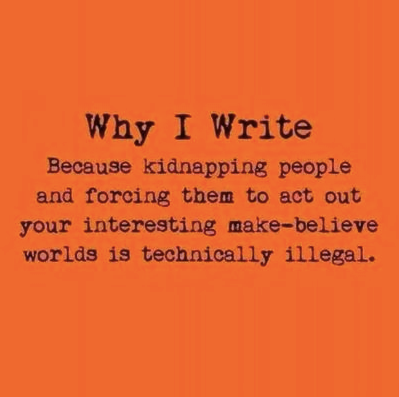
How to pull individual dramatic threads into the tapestry of your story.
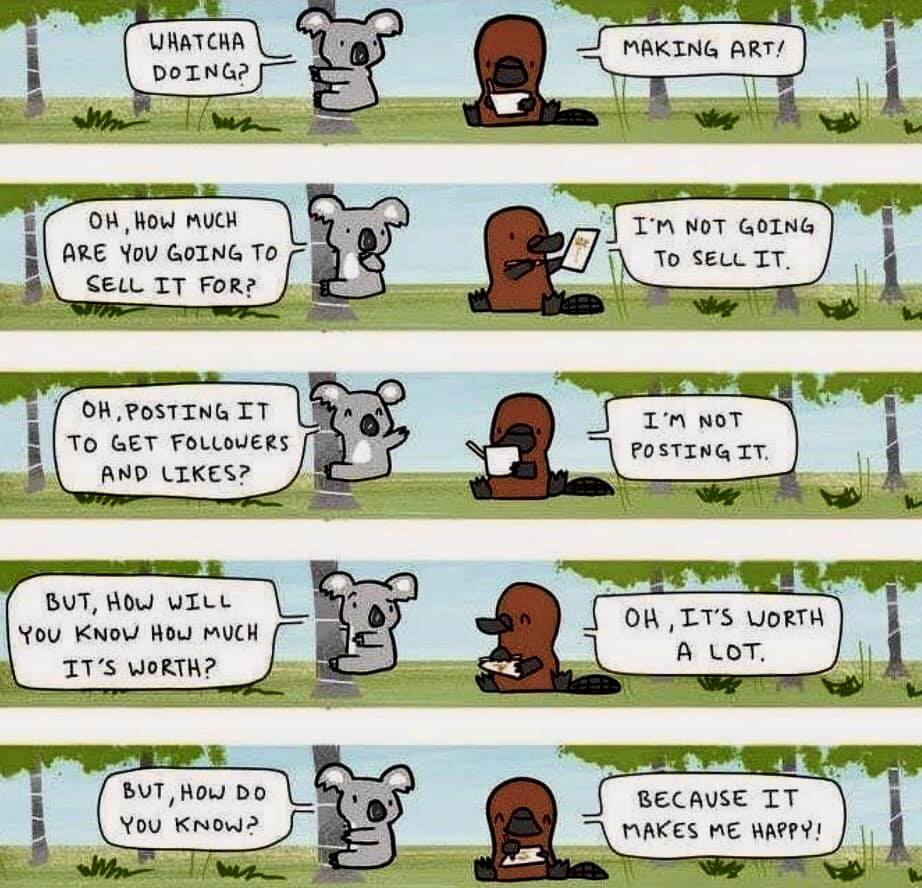
We’ve all heard of the hero’s journey that focuses on what stories need to be complete. But consider that it is equally important to explore what authors need to complete stories.
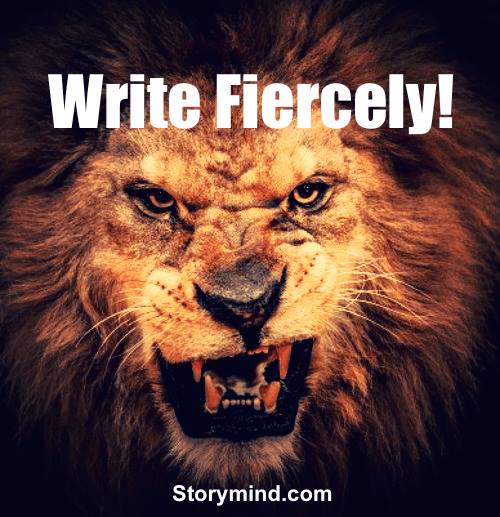
Forget Your Protagonist – Who’s Your Main Character?
While a protagonist is essential as the driver of the quest for your goal, the passion and message of your story revolves around your main character.
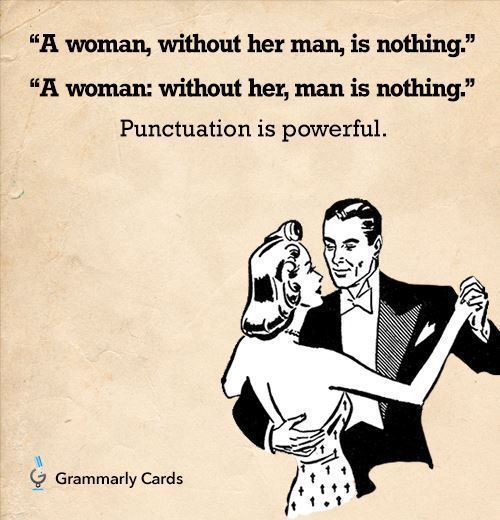
Is Story Structure Your Enemy?
In the real world of story development, perfect structure is a myth. Trying to make a story structure perfect will drain the life out of it.
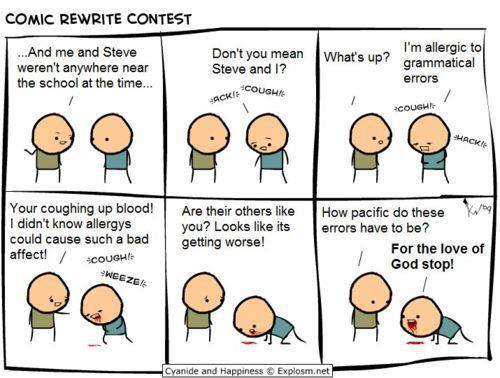
In Search of Your Writer’s Identity
It starts with a single compromise to oneself – doing a job you hate in order to achieve something you want or putting your own art on hold to pay the bills. Find out how to rediscover your creative self.
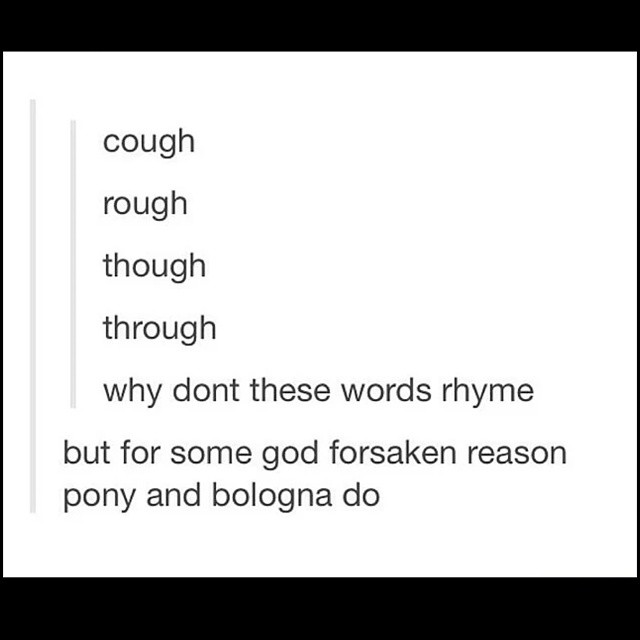
There are four fundamental kinds of story cores, though each has endless variations.
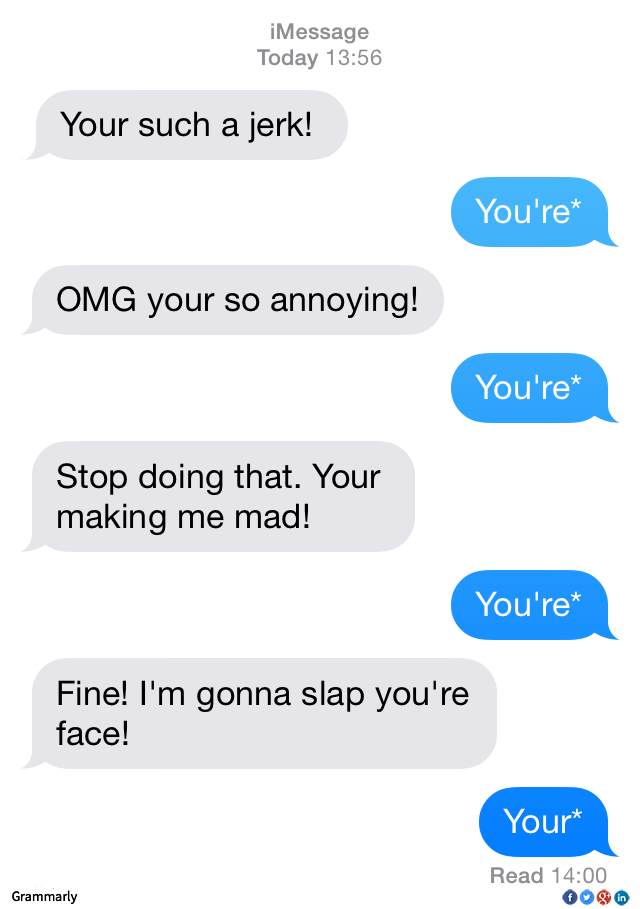

A Brief Introduction to Archetypes – Part 1
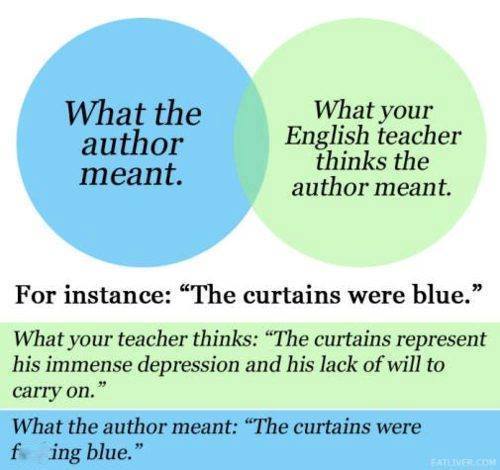
A Brief Introduction to Archetypes – Part 2
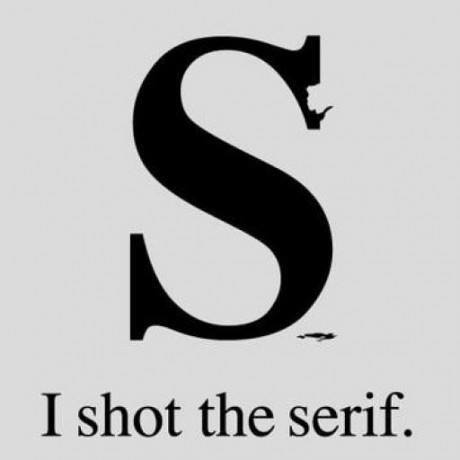
A Brief Introduction to Archetypes – Part 3
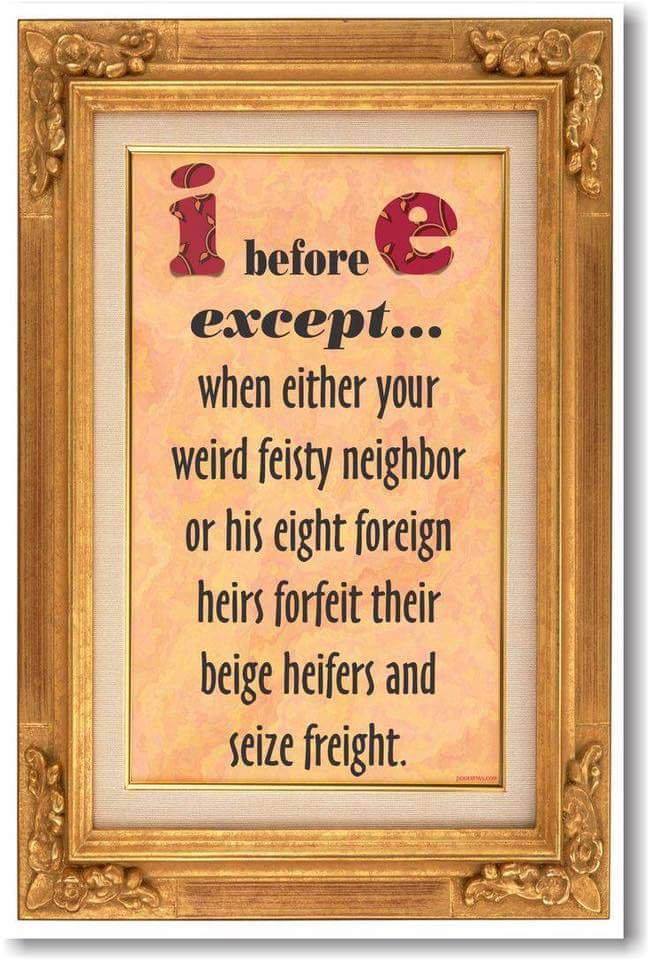
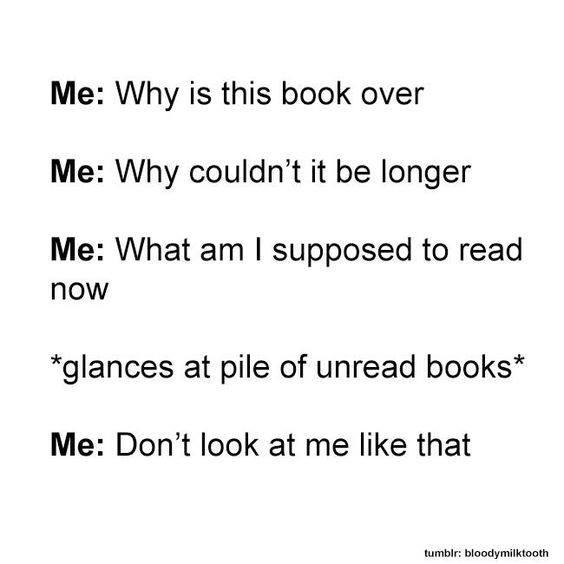
Character Change vs. Character Growth
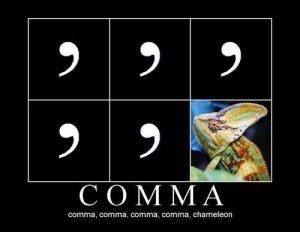
Plot Points – Static vs. Sequential
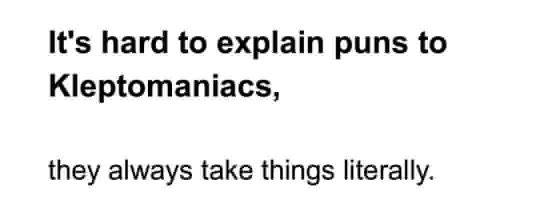
Story Structure for Passionate Writers
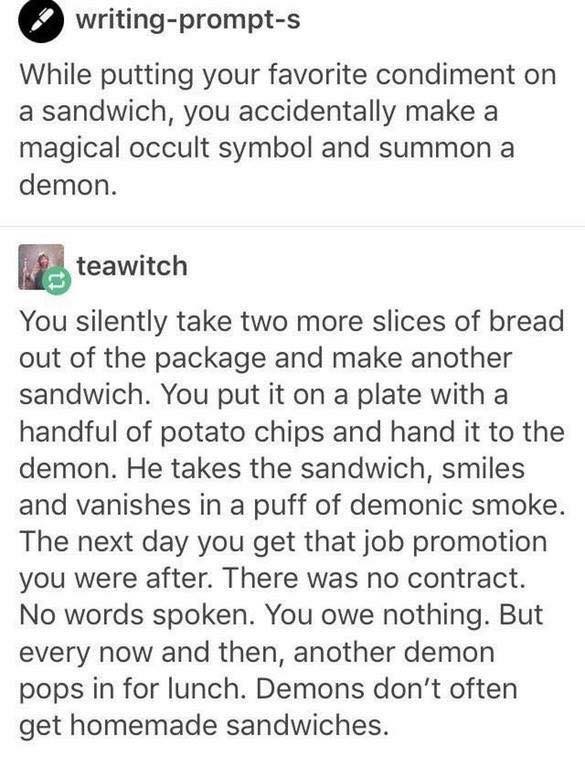
Jurassic Park: Building A Better Dinosaur

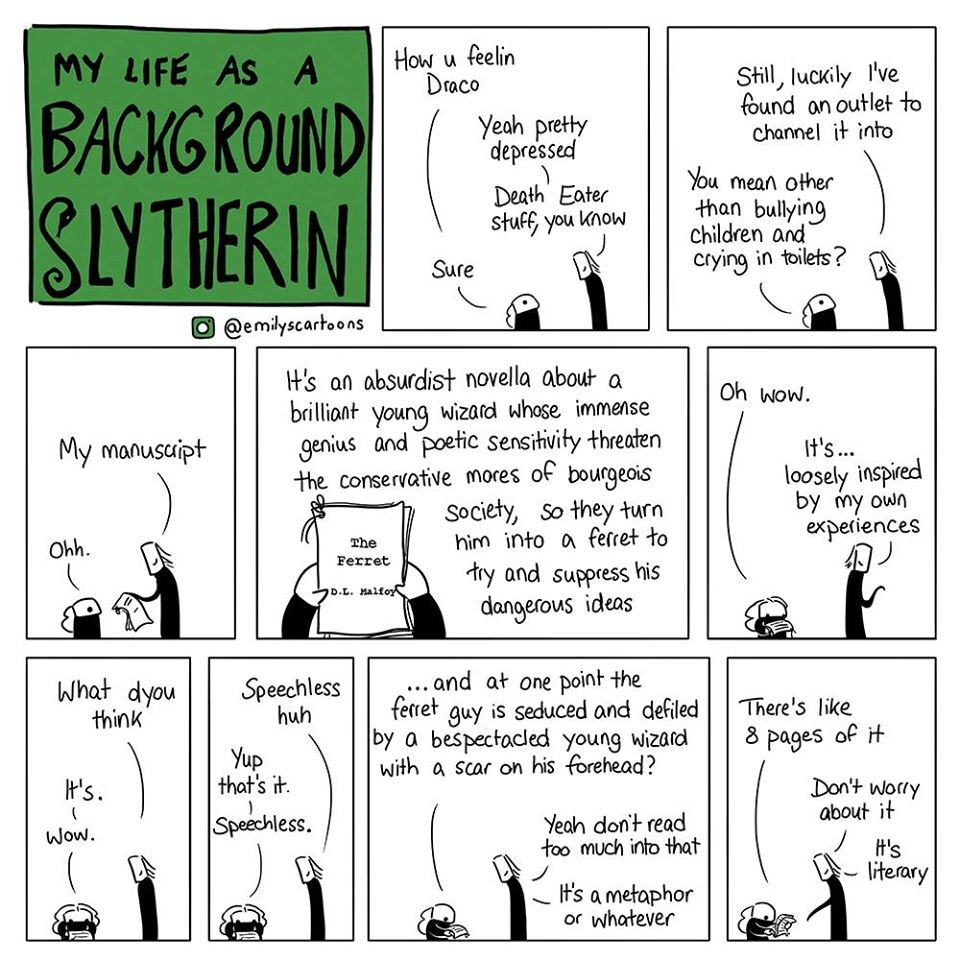
Protagonist and Antagonist – Who ARE These Guys?

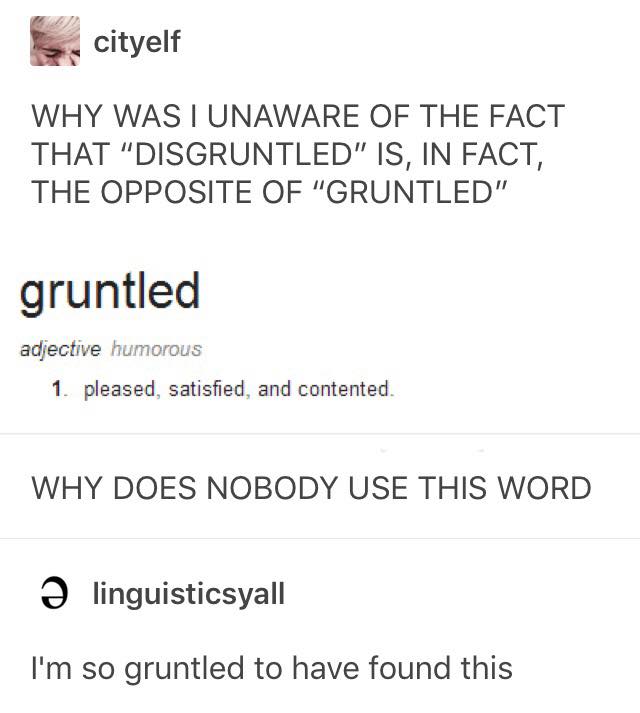
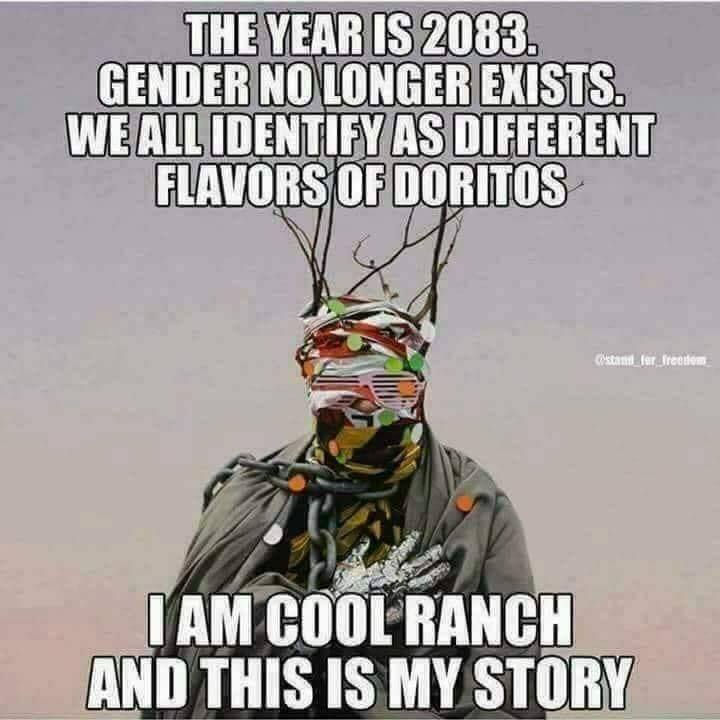
Five Steps to a Believable Character

Dramatica Explained in Plain Language

Beginner’s Guide to Dramatica Software
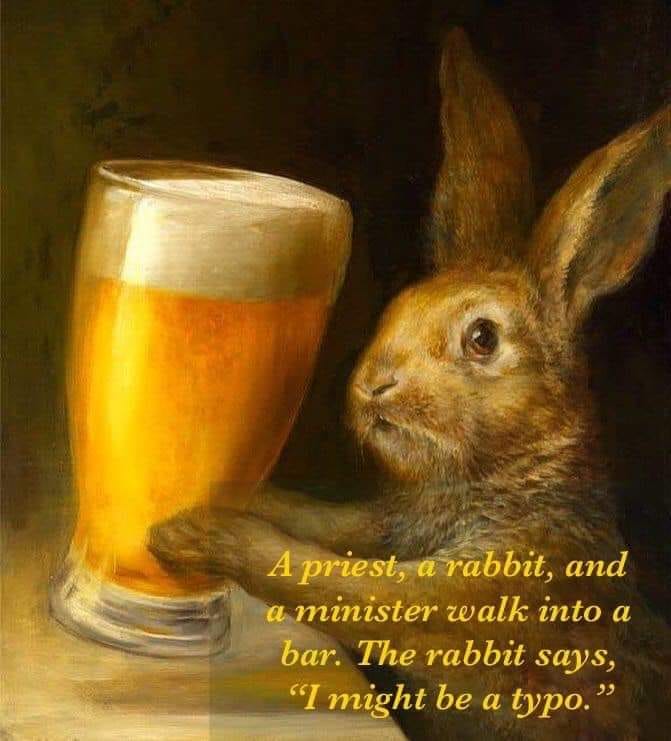
Writing with Globular Clusters
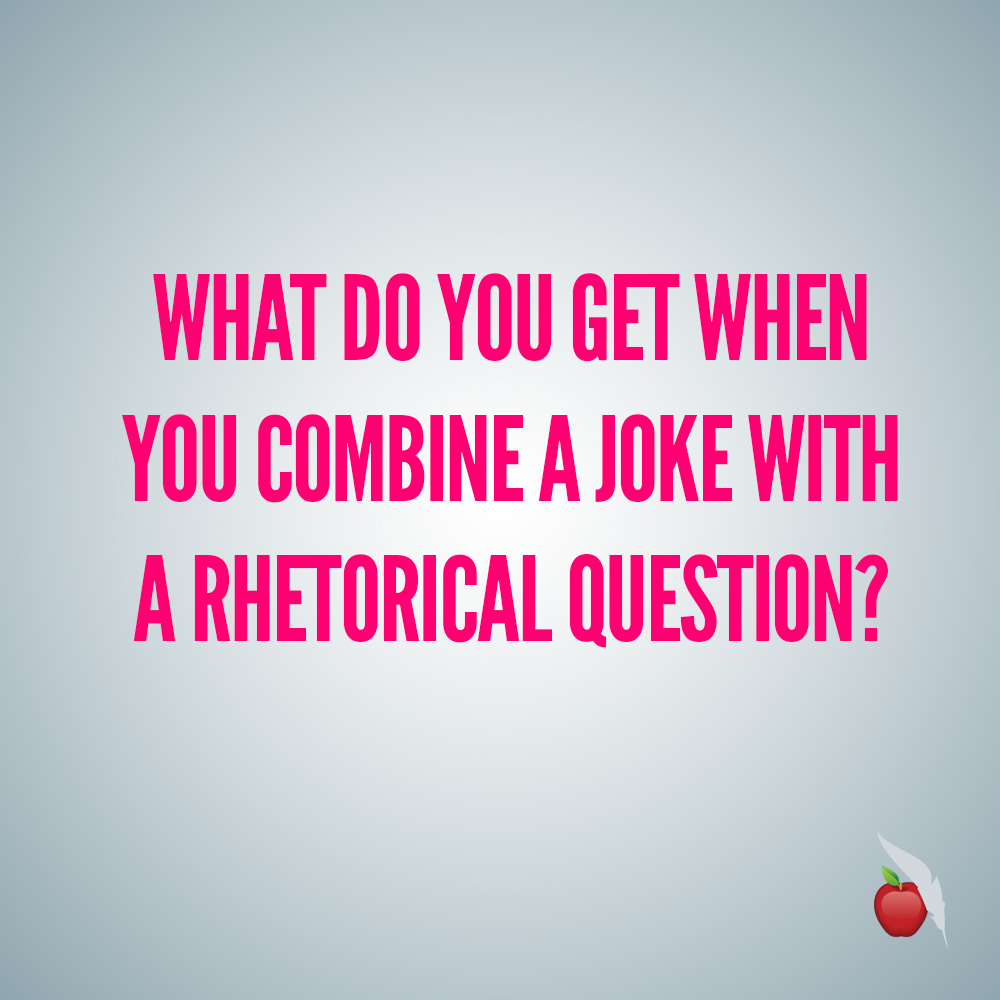
Should Your Main Character Change or Remain Steadfast?
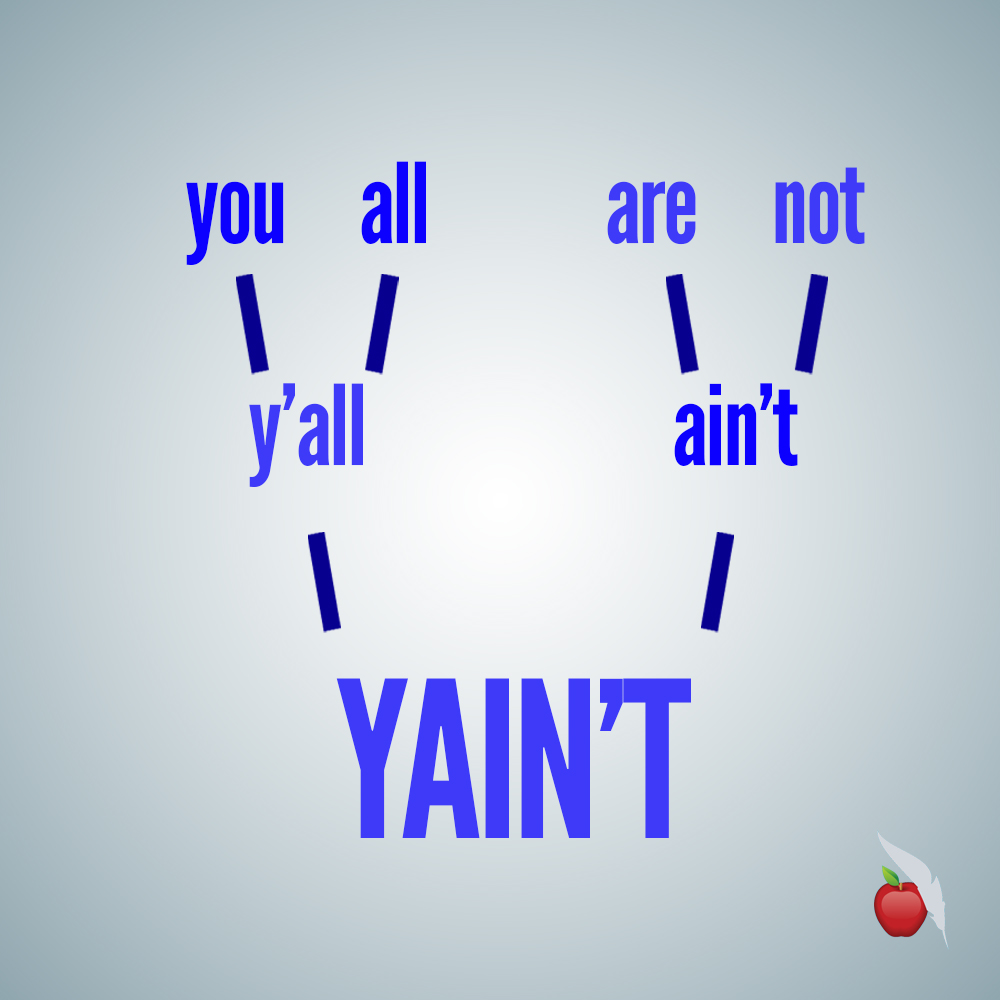
Stories with Characters who Change
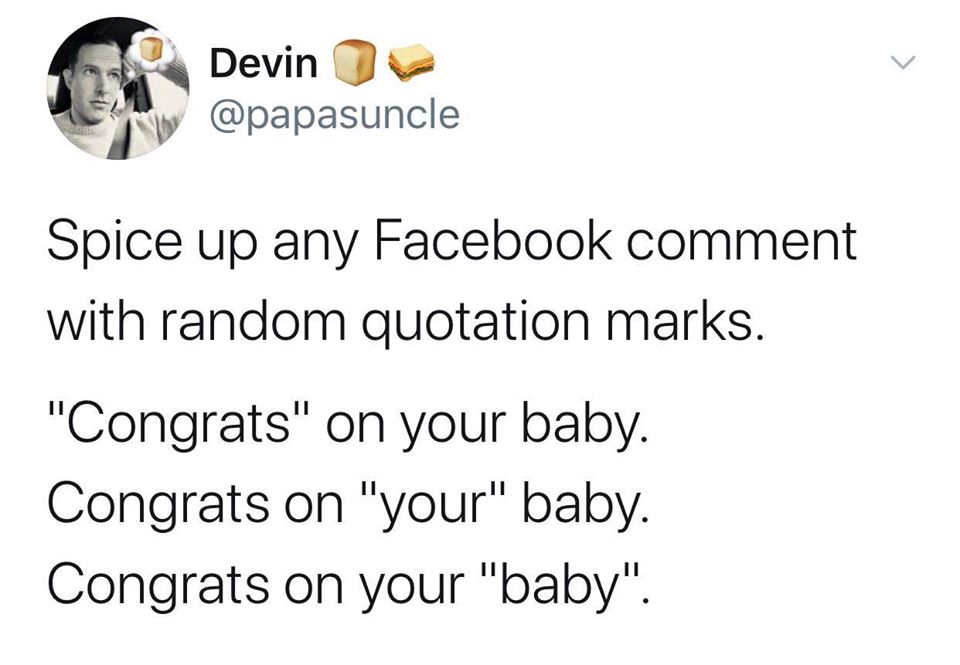
Should Your Main Character Start or Stop?
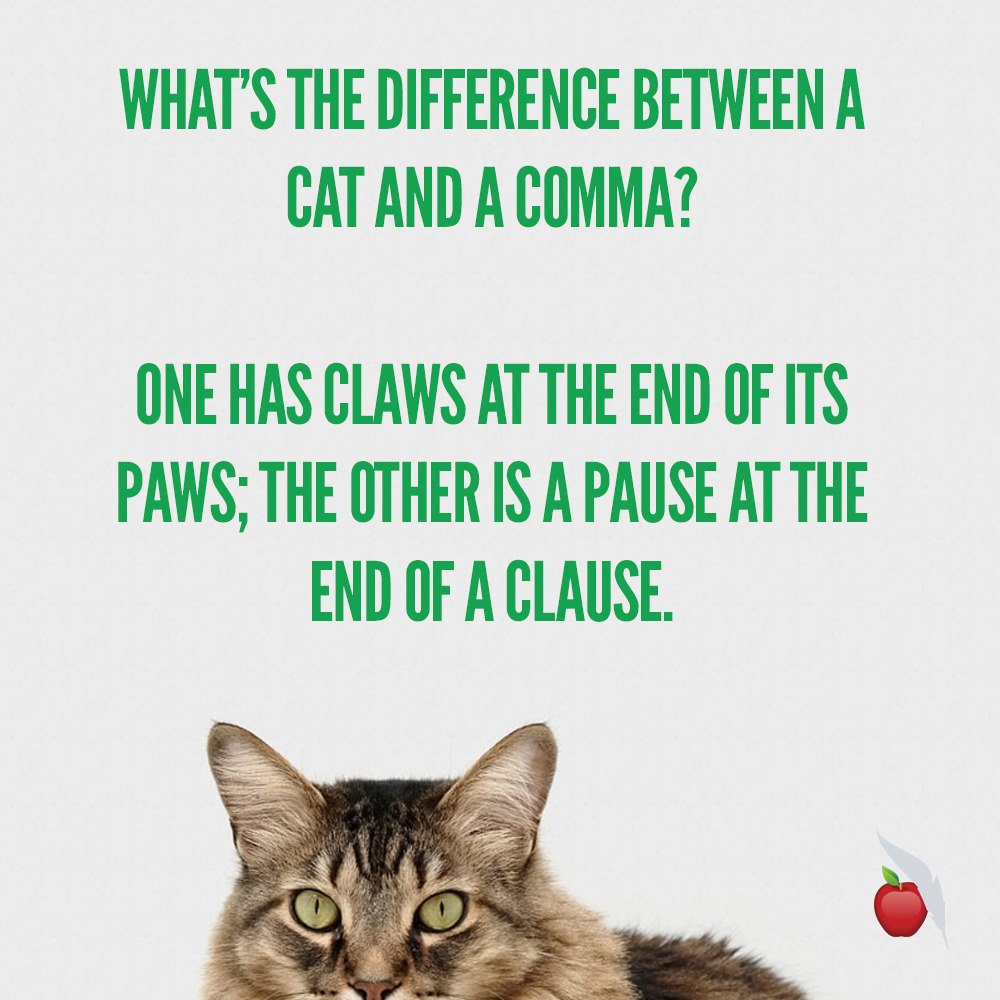
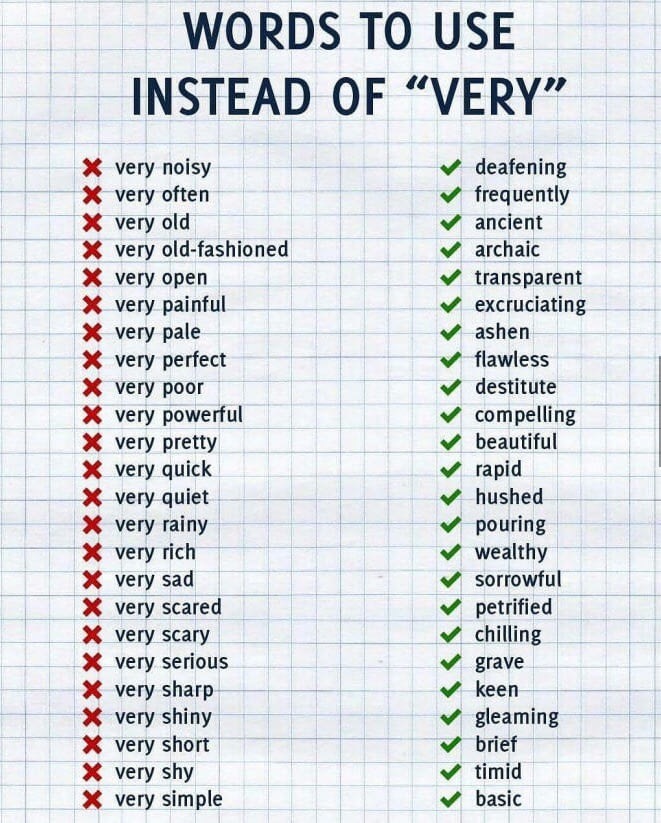
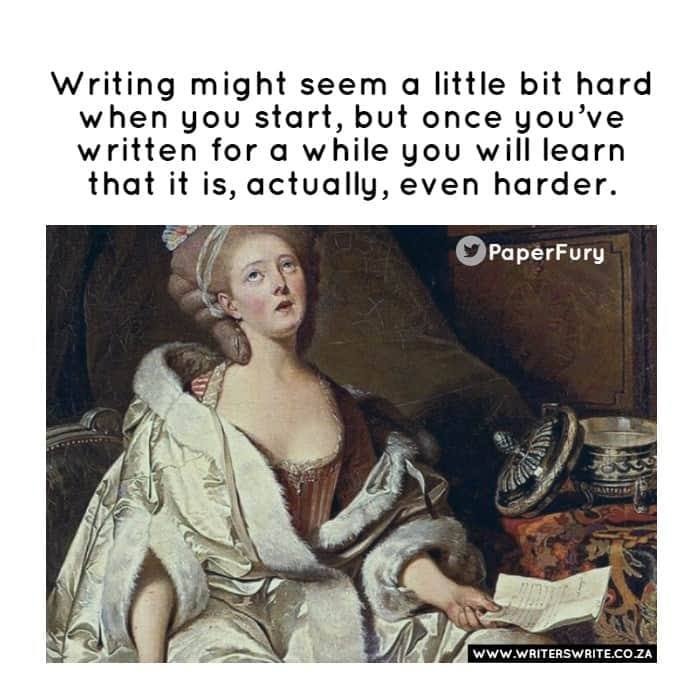
A Screenwriter’s Bag of Tricks
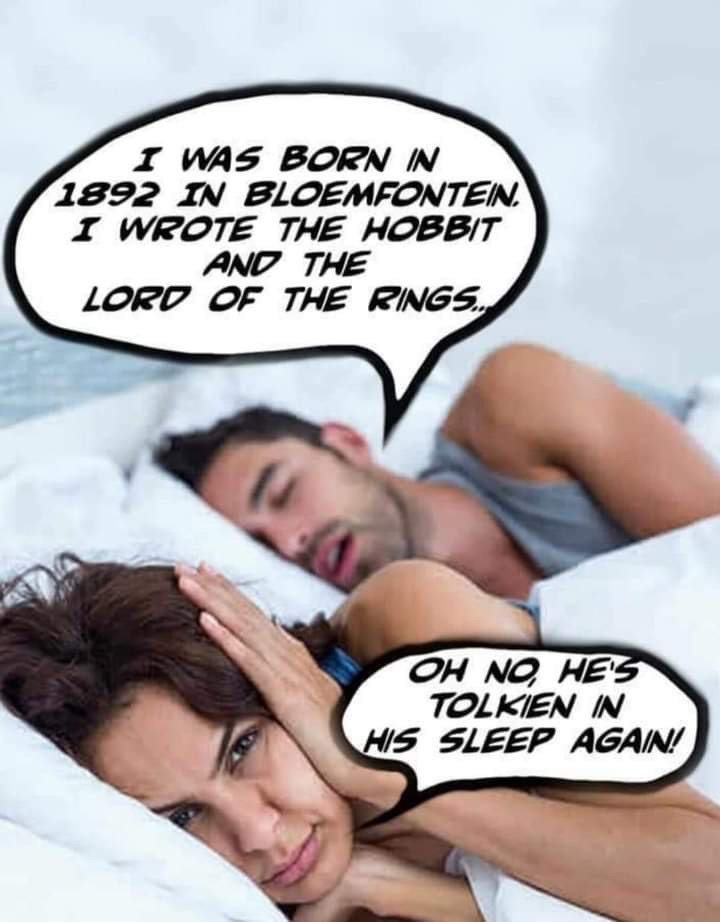
The 12 Essential Questions Every Writer Should Answer
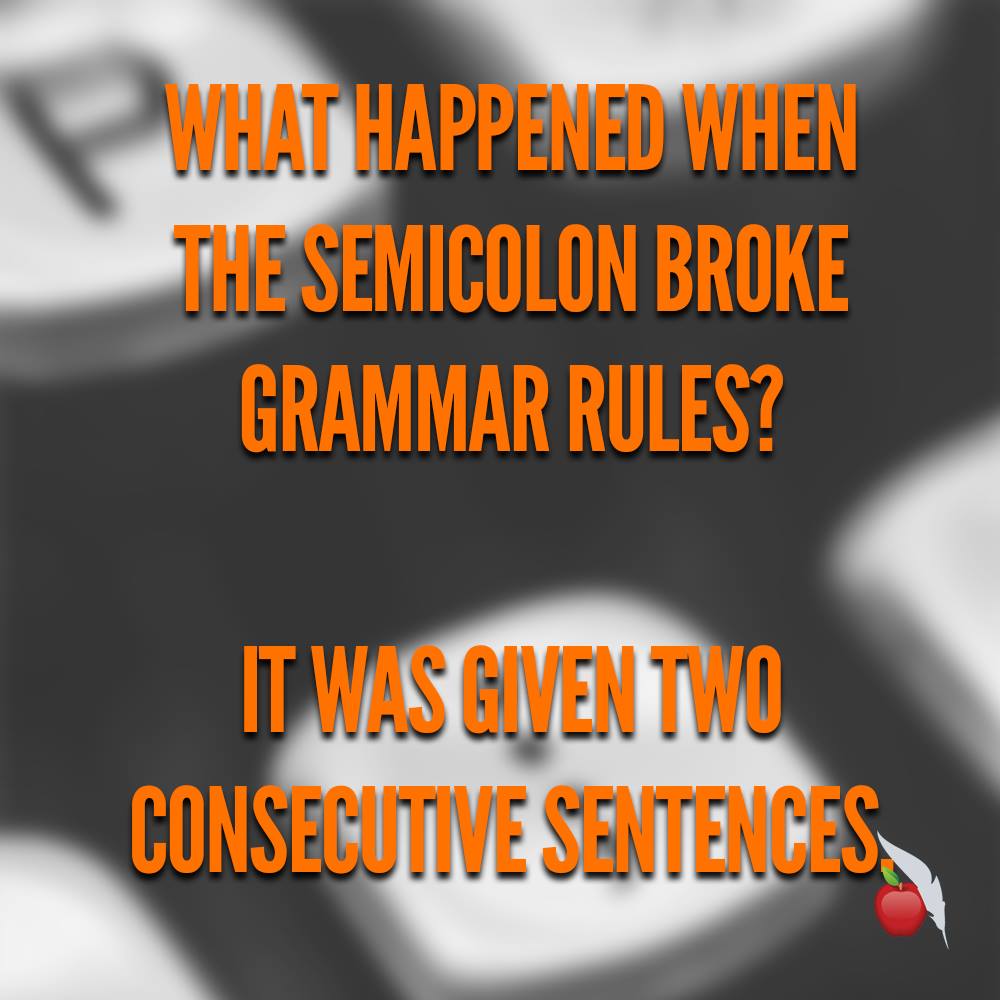
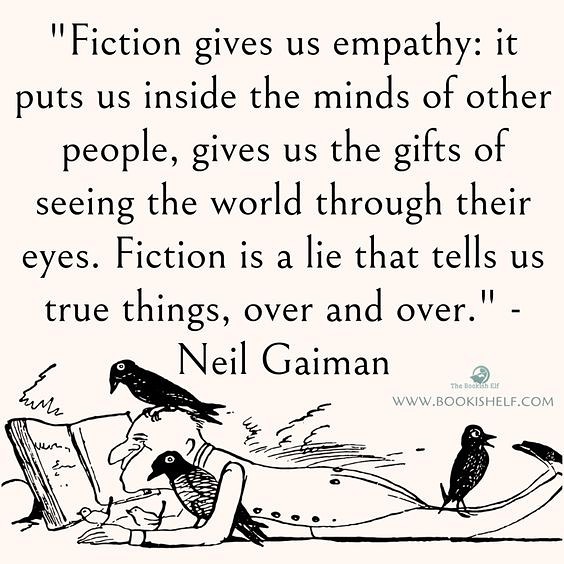
Story Structure is Based on Fours, Not Twos
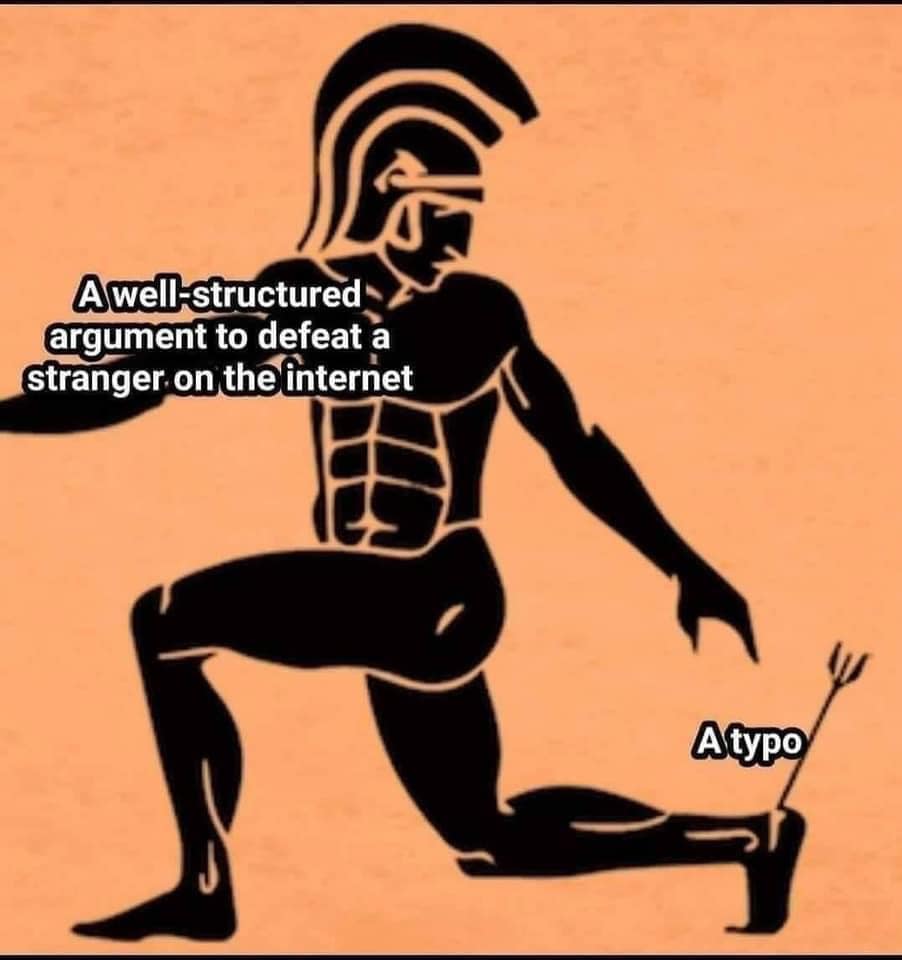
How Dramatica Story Theory Maps to the I Ching
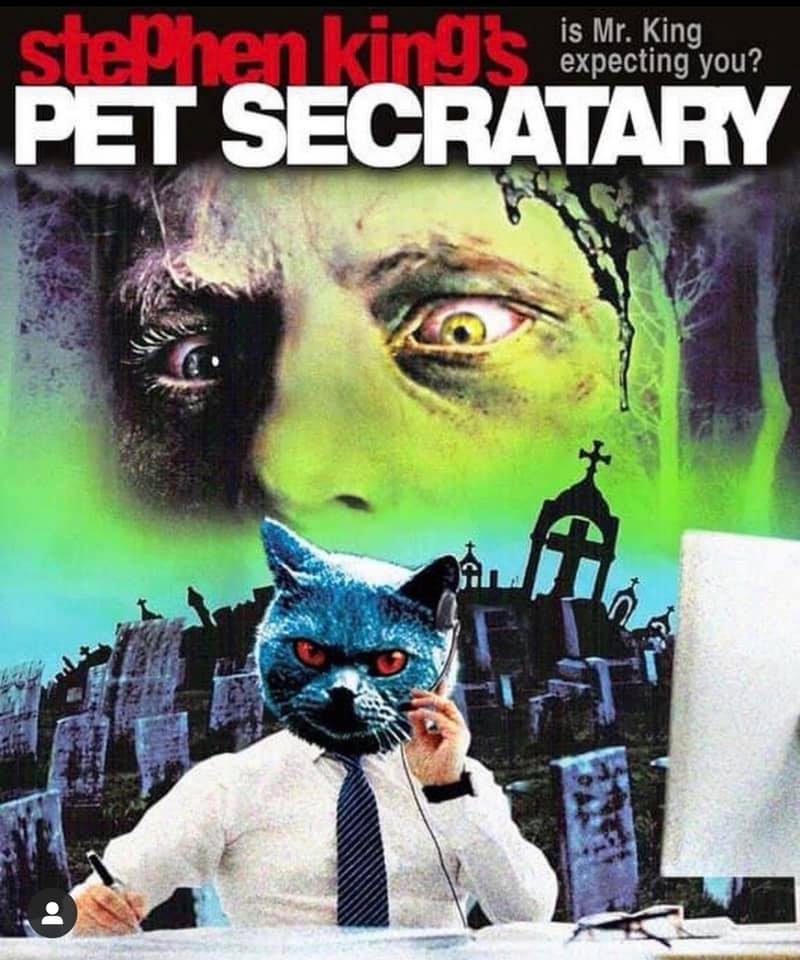
Dramatica Story Theory – Scenes & Elements
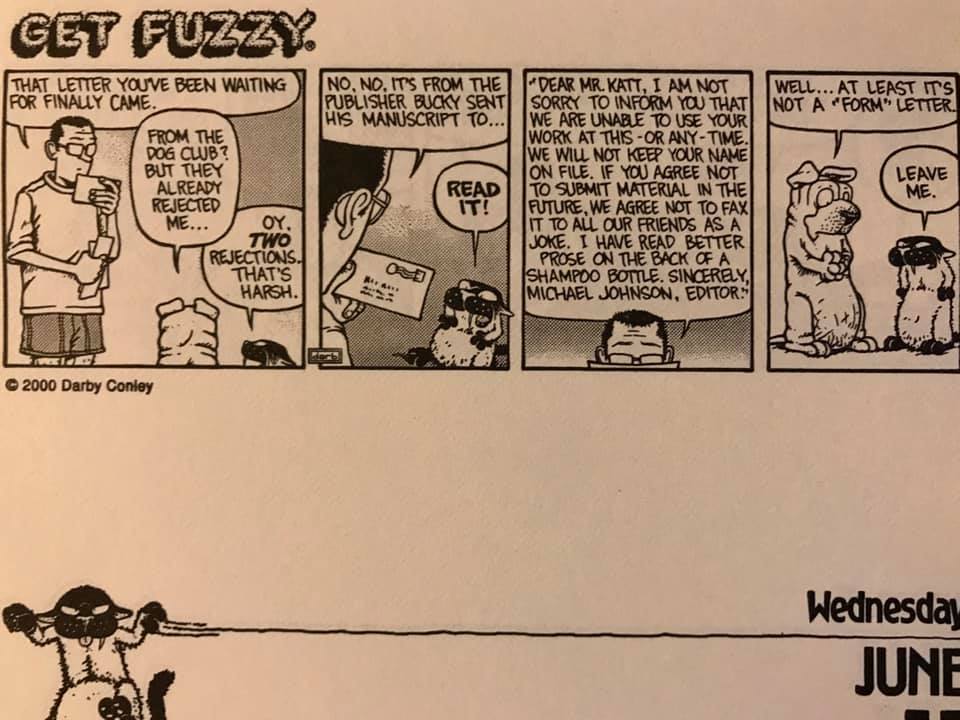
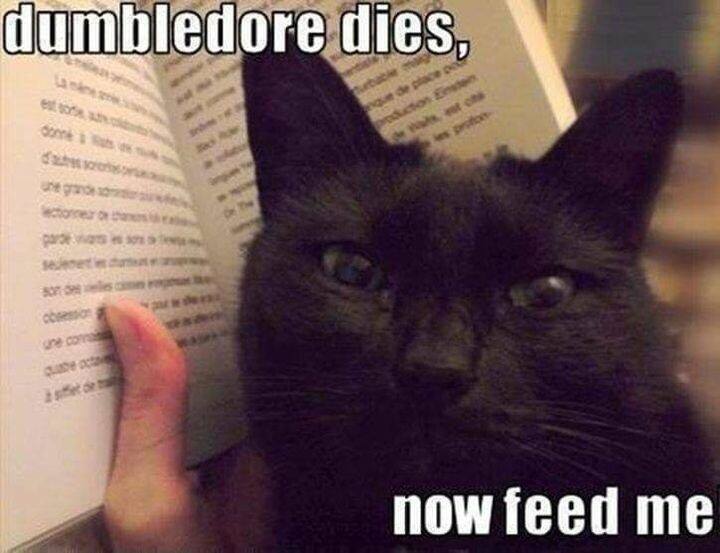
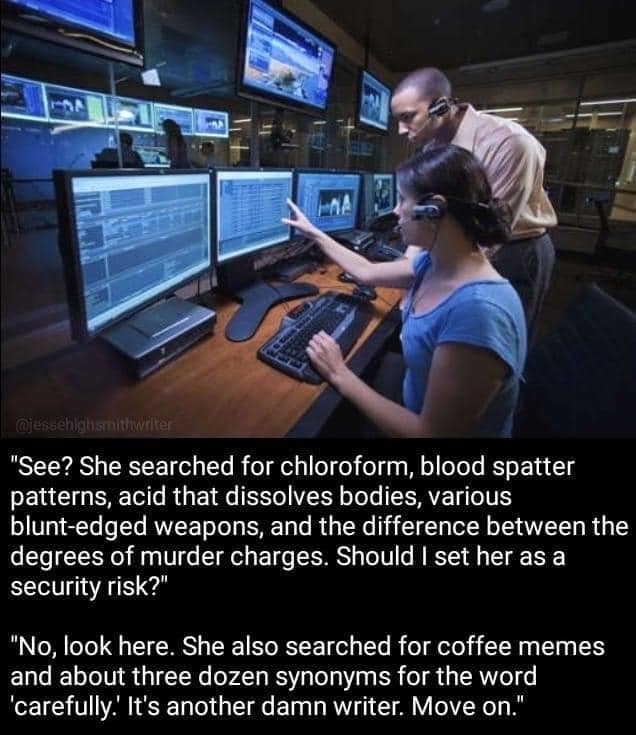
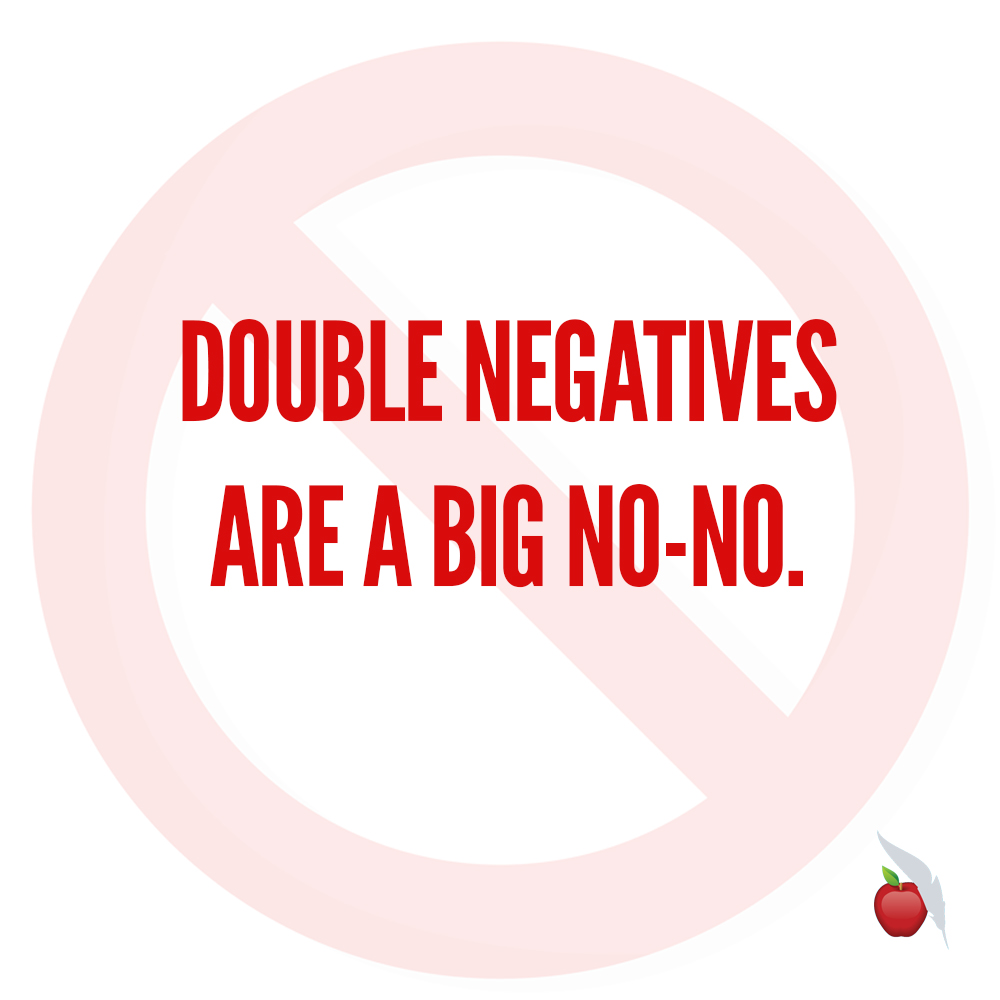

Let Your Plot Make Sense and Your Characters Ring True
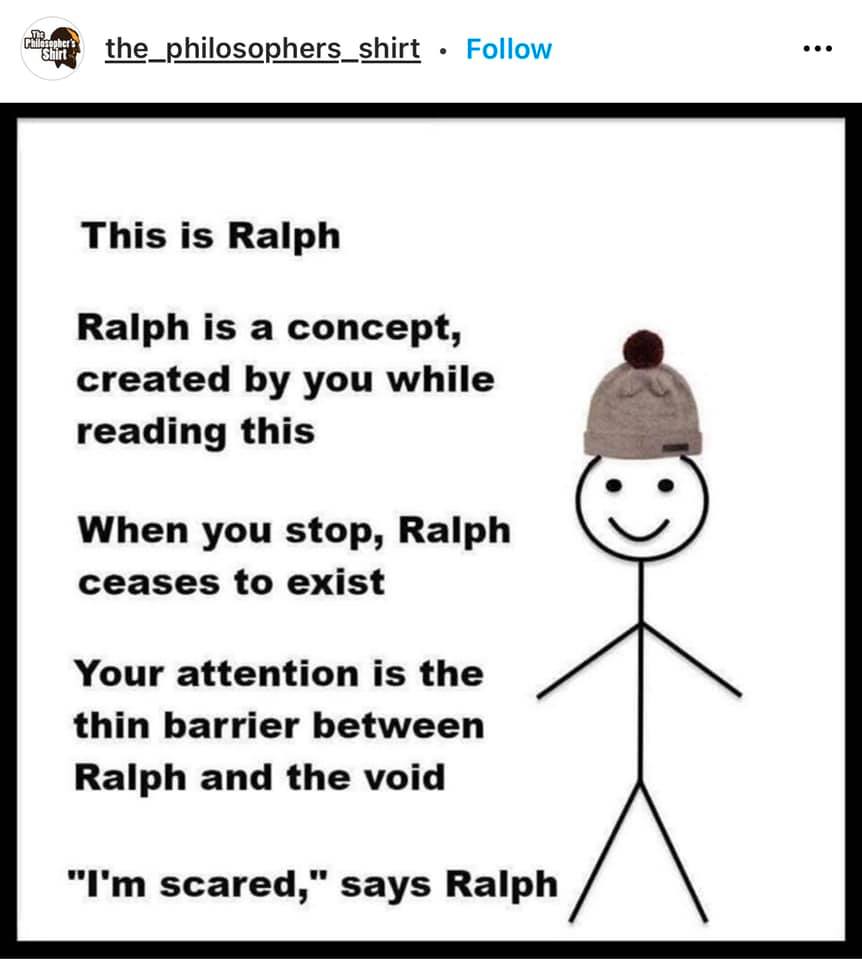

Characters Don’t Have To Change To Grow
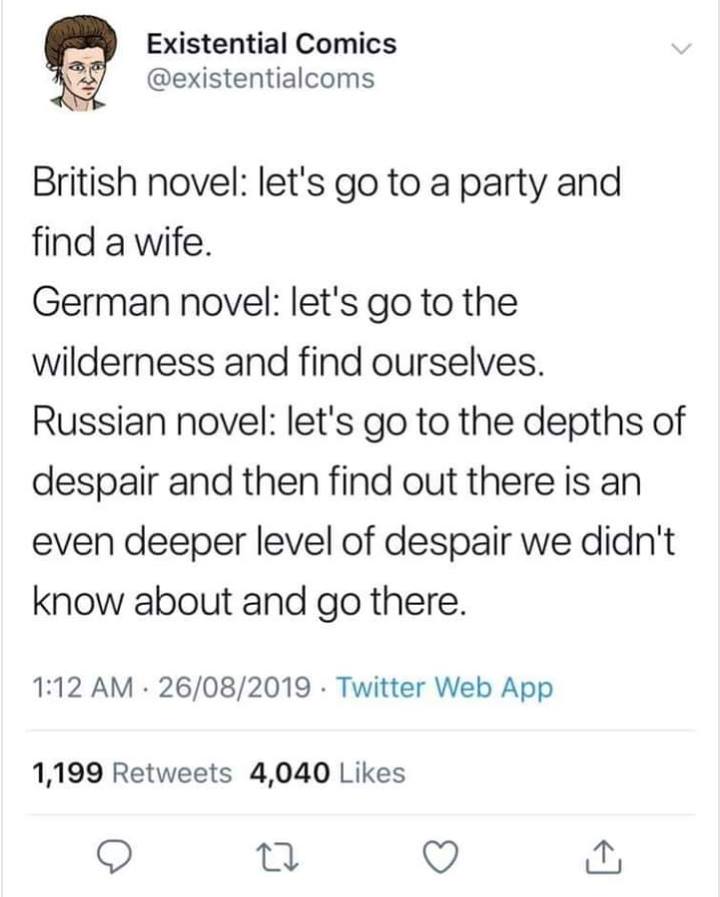
Is Your Main Character A Do-er Or Be-er?
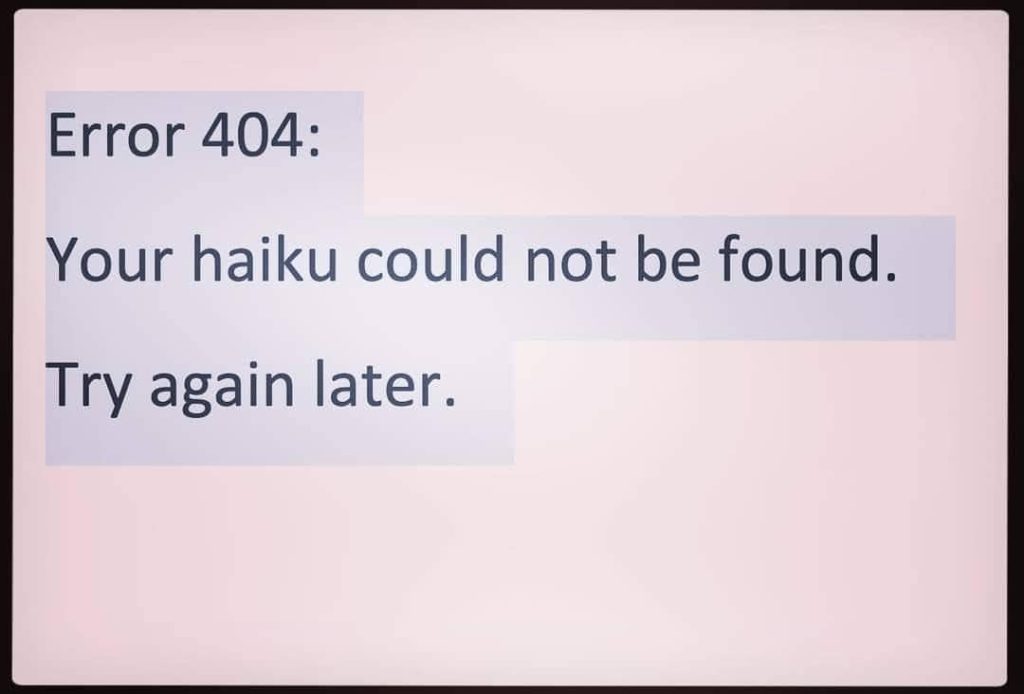
Is Your Story a Time Lock or an Option Lock?
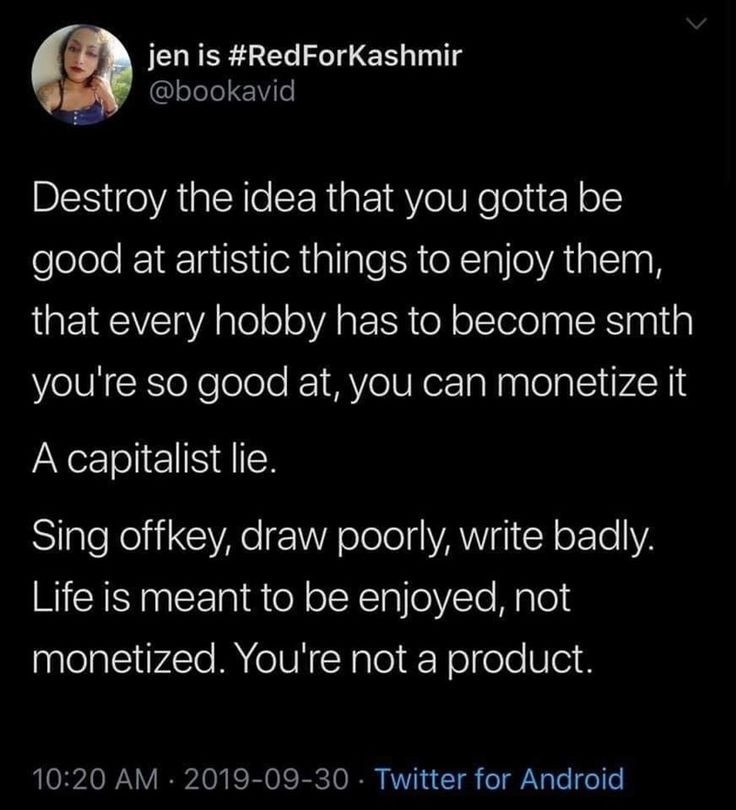
Is Your Story Driven By Action or Decision?
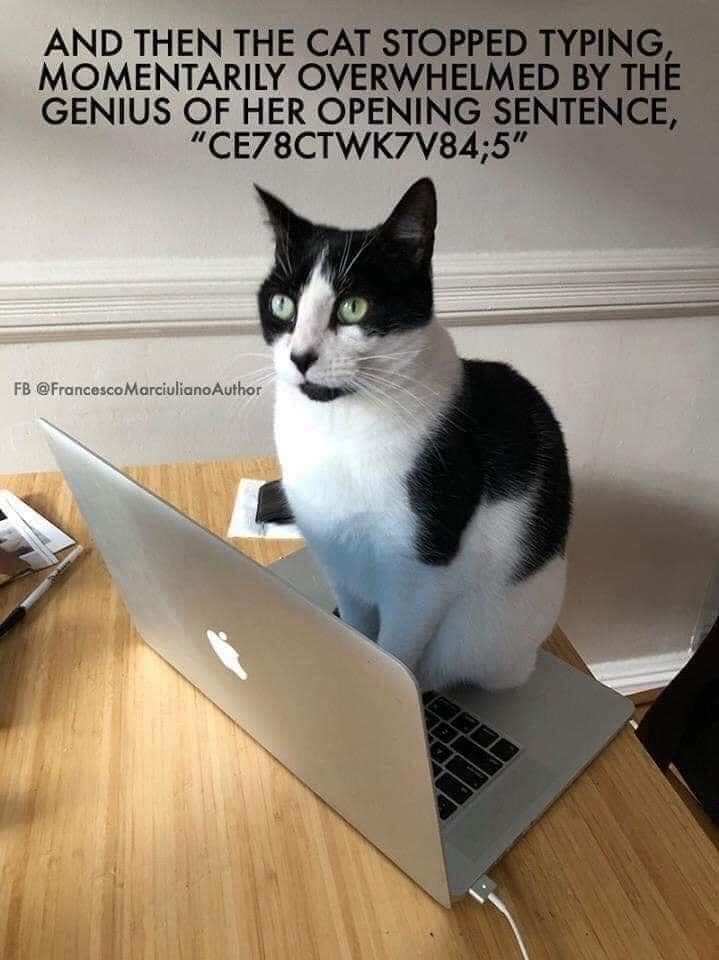
Conflict Can Limit Your Characters

